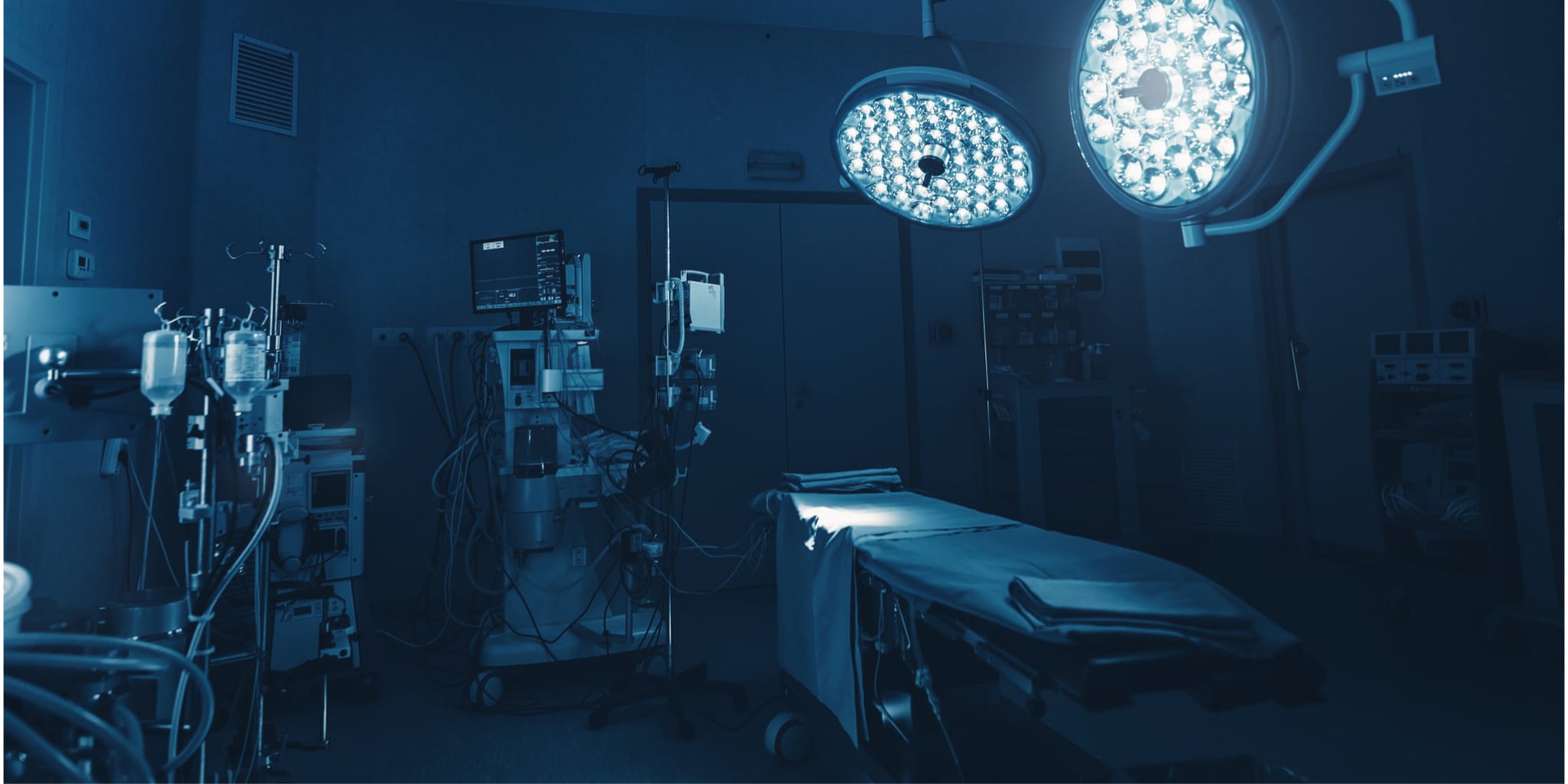
How the surgical setting contributes to the opioid crisis
The number of Americans who become addicted to opioids following surgery is an under-reported implication of a crisis sweeping the nation. How did we get to a point where up to 440,000 people become addicts this way — every year?
Americans have the highest rate of opioid consumption in the world. The personal and public health costs of the opioid crisis are at the forefront of the news cycle while the short- and long-term effects increase every day. Understanding how the surgical setting is a main contributor to the epidemic and taking a snapshot of its costs can springboard ways to improve healthcare by taking a preventative approach.
The reliance on opioids in the surgical setting
Opioids have been used in surgery since the second half of the 20th century, as doctors administered them intravenously alongside anesthetic gases in an attempt to balance anesthetic techniques and minimize the significant dangers and side effects caused by use of the gases alone. While this progress fostered surgical discovery and advancement, little room was made for concern about the addictive nature of these medicines. Related research was scant; in 1980, a short letter-to-the-editor in the New England Journal of Medicine was heavily — and uncritically — cited as evidence that addiction was rare with long-term opioid therapy. At the same time, the availability and affordability of new synthetic opioids, like oxycodone and hydrocodone, increased as pain was viewed as a negative outcome.

Millions of surgeries performed, millions of opioids prescribed
In the United States each year, 50 million surgeries are performed and the continuing over-reliance on postoperative opioids fuels the crisis by both exposing opioid naïve patients to the narcotics and by leaving hundreds of millions of leftover pills hiding in our community medicine cabinets. Many people are first exposed to opioids at the time of surgery, further highlighting the role post-surgical care can play in the opioid epidemic. Current studies routinely point to postoperative surgical opioid use as a gateway to overuse and addiction. As many as 6.5% of patients that take opioids to manage pain after surgery may become persistent opioid users, representing 2.6 million people – and hundreds of thousands of those will become addicted.
Increased costs to society & the healthcare system
Opioid-related adverse drug events (ORADEs) that result from opioids given after surgery add significant burden to a healthcare system already beset by undue financial pressure from all sides — and it’s useful to get an approximate accounting of just how much and where the costs are incurred.
A recent study indicated that 10.6% of patients undergoing hospital-based surgical and endoscopic procedures experiences at least one ORADE. Further, ORADEs were associated with an $8225 increase in cost and 1.6-day increase in length of stay for the index hospitalization. This highlights an important opportunity for hospitals to improve both patient safety and cost through interventions to reduce opioids in the surgical setting.
Beyond the hospital, chronic opioid users also consume more overall healthcare resources — to the tune of $18,074 extra compared to nonusers. This accounts for increased healthcare spending upwards of $47 billion annually. Worryingly, these numbers may represent an underestimation as surgical procedures may continue to funnel patients into addiction faster than people transition away from addiction. And the fact remains that 46 people die every day from overdoses involving prescription opioids.

Preventing post-surgical opioid use requires a multifaceted approach
To address the scourge of addiction that can follow from this under-reported pathway, a multi-pronged strategy emerges.
A big step is educating healthcare providers on the role of post-surgical opioids in perpetuating the epidemic and illustrating methods that utilize non-opioid treatment options as the foundation of postoperative acute pain management are key as they can prevent unnecessary exposure to opioids. There’s also the matter of patients expecting zero pain after surgery. Indeed, many patients expect to have “pain-free” surgery. Pain is a normal part of healing and patients should be given realistic expectations in order to prepare for the quality, quantity, location, and duration of pain that they will experience. Teaching surgeons and healthcare providers new ways to reboot the expectations of patients with respect to post-surgical pain is necessary — while also emphasizing non-opioid treatment foundation to acute postoperative pain management as a major stepping stone in prevention.
By putting an emphasis on relying on non-opioid treatment for acute postoperative pain management and healthcare provider education strategy, we may begin to see significant reductions in healthcare costs on top of potentially curbing the opioid addictions already crippling society. Additionally, non-opioid postoperative pain management can result in better patient care and outcomes, providing adequate treatment without exposing patients to the risks associated with opioids.
For more information click here.